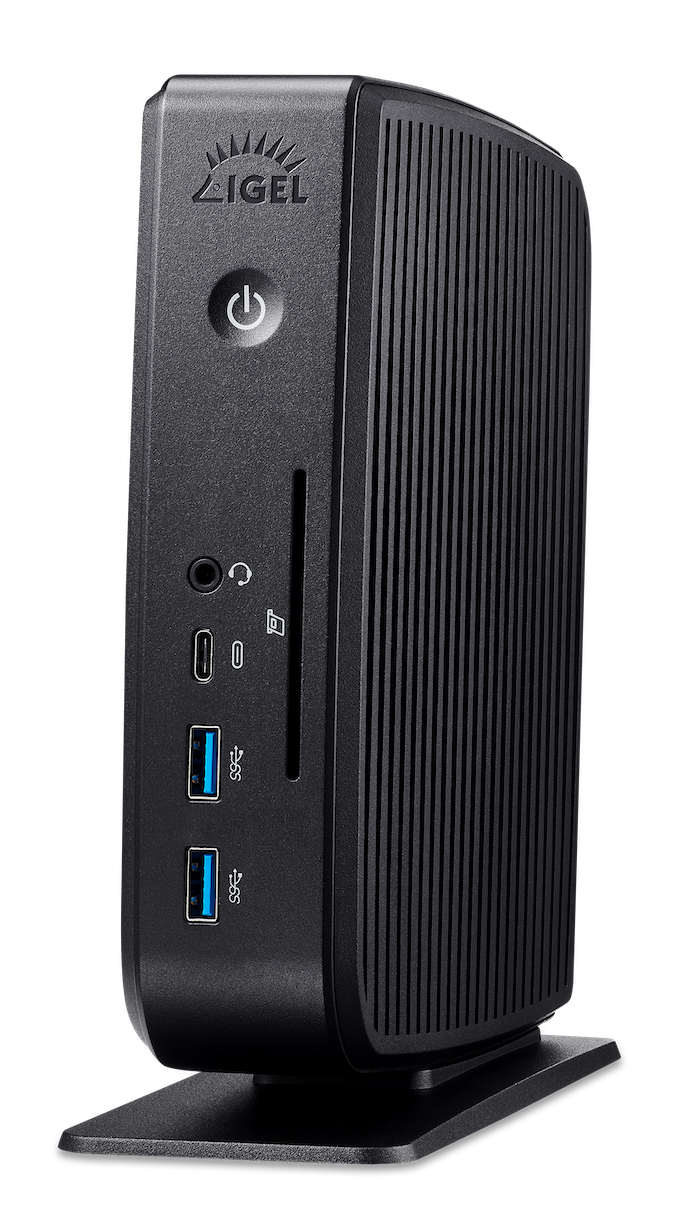Some of the toughest challenges in IT can emerge around acquisitions.
And insurance group Markerstudy has been acquisitive.
In 2020, it bought the Co-op’s insurance underwriting business, making it the UK’s sixth largest motor insurance provider. In April 2021, it purchased Brightside Insurance. In January 2022, it acquired BGL Insurance.
Newly backed by £200 million (€235 million) from Pollen Street Capital, Markerstudy has grown into one of the UK’s leading insurance providers with over 1,000 broker partners and over three million policyholders.
Yet without a clear strategy to onboard new employees and join up overall IT strategy, this level of growth can always run the risk of creating silos, IT asset opacity, challenging onboarding and ultimately spiralling costs.
Over his years as Head of Group IT at Markerstudy Adam Miller has settled on a crisply streamlined approach that requires just three primary software licenses, allows rapid pre-configuration of endpoints across his estate and critically, the ability to upcycle the eclectic hardware that inevitably comes with large and regular acquisitions.
Joining The Stack to talk us through his approach, Miller noted that when he joined the company was really a “collection of all the acquisitions that had gone on previously… lots of fat devices spread across the estate; a lot of inconsistency; lots of domains. So it needed quite a tidy up; a lot of the domains needed to be squeezed down. There were a couple of years of just really consolidating the estate into some on-premise data centres.”

From that foundation, Miller and his team set about building a setup underpinned by virtual applications and desktops from Citrix. (The move looked prescient when Covid struck and Markerstudy had to move everyone to secure remote work, including over 1,500 call centre staff; something they achieved smoothly in under a fortnight.)
“We [also] started looking at IGEL because the management of the thin devices we had brought in over the wire was quite difficult" he noted on a Zoom call.
"Working with our partner CloudDNA who had helped us on the initial Citrix journey, we started using IGEL as well; that made it much easier to manage a larger estate of thin devices, and also let us reimage older desktop devices like Windows devices that might have been nearing end of life: you could reimage it with an Igel OS that's very thin and give it a new lease of life, because very little is processed on the end user device.”
(German company IGEL has transitioned over the years from being a thin client hardware specialist to a software player that’s doubled down on supporting remote work setups. It provides an exceptionally lightweight Linux-based OS, optimised for virtual desktops and cloud workspaces. It ships with integrations and support for Azure Virtual Desktop, Citrix Workspace, Amazon Workspaces and more -- and crucially, can run on almost any x86 endpoint hardware.)
See also: Lloyds aims to save £800m with shift to the cloud
For Markerstudy’s Head of Group IT Adam Miller, it’s been a bit of a godsend. As he puts it: “You get a single pane of glass to manage those units, which squeezes down your support overhead and gives you a reliable method of delivering updates. We’ve found that when you’re on the acquisition train we’re on, it’s quite an effective way of onboarding those companies as well: you can reflash a whole batch of equipment on a network segment.
“I remember doing one in Portsmouth where there were 200 machines on a network segment; you could just push out (IGEL) from a build server and flash them all in one go. The next day people come in, they sign into IGEL and launch a Citrix session. It's helped us avoid over £1 million in equipment purchases.”
(It also gives them the ability to meet Cyber Essentials Plus accreditation standards where new patches must be implemented within 14 days -- the company now operates a “Patch Thursday” when staff are asked to keep their machines on at night so IT can update them over the wire for Friday morning. )
During Covid his IT team transitioned everyone on to Citrix Cloud Services as well; the ability to deploy MFA using virtual tokens that is bundled with the Citrix Cloud Services subscription gave reassurance when staff moved remotely, he notes. The access layer is managed as part of the Citrix Cloud Service; workloads can be provisioned from both its data centres and in the cloud. Markerstudy’s infrastructure team leader Ian Richardson points out that this “front door entry” removes a considerable management overhead... We now don’t have to worry about DDOS attacks, updates, patching or access security – it’s all provided along with a four 9s availability SLA.”
So with that daily workload stripped back nicely, what’s the plan now for Miller and his team? (Marketstudy has around 100 IT folks in-house handling “everything from support, running our Dcs, maintenance, telephony, application support, DBAs, development teams”.) A great all-hands-on-deck approach during Covid put the importance of IT firmly on the executive radar in an industry that has been historically slow to digitalise and Miller now – arguably playing more of a CIO role – now reports directly to the Chief Executive.
He has his eye on more innovation. He told The Stack: “We’re continuing our use of cloud services and doing more to support digital transformation activity. Because of the huge focus on acquisitions -- which can come with a host of technical challenges from data centre consolidation to refreshing desktop estates -- we’re continuing to consolidate onto IGEL/Citrix, which lets me run a lean model off the back of this technology stack and split my attention between the two [BAU and innovation].“I try to make sure we carve time out specifically for investigating technological advancements that are going to help the organisation, things that we can then discuss with the exec” he notes, “that’s really important.”









